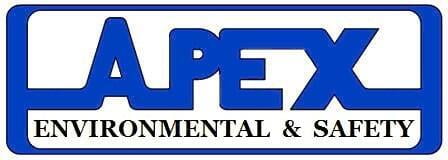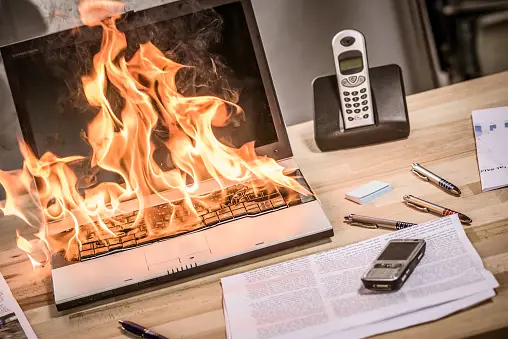Fire Safety
Welcome to this week's safety toolbox talk on Fire Safety - Preventing and Responding to Workplace Fires. Fires can have devastating consequences, causing injuries, property damage, and even loss of life. As responsible employees, it is crucial to be aware of fire hazards and take preventive measures to reduce the risk of fires in our workplace.
Preventing fires starts with identifying potential fire hazards in our work environment. Common fire hazards may include electrical equipment malfunctions, improper storage of flammable materials, overloaded power outlets, and blocked fire exits. Regular inspections and maintenance are essential to address these hazards promptly.
To prevent fires, follow these important guidelines:
- Keep electrical cords and equipment in good condition, and avoid overloading outlets and extension cords.
- Store flammable liquids in designated containers and areas, away from ignition sources.
- Maintain clear pathways and keep fire exits unobstructed at all times.
- Regularly check and maintain fire extinguishers, ensuring they are accessible and ready for use.
- Be mindful of electrical appliances and turn them off when not in use.
In addition to prevention, it is essential to be prepared for potential fire emergencies. Familiarize yourself with the location of fire alarms, fire extinguishers, and emergency exits. Participate in fire drills and understand evacuation procedures. If you discover a fire, follow these steps:
- Activate the nearest fire alarm to alert others.
- If the fire is small and contained, attempt to extinguish it using the appropriate fire extinguisher. Remember the "PASS" technique: Pull the pin, Aim at the base of the fire, Squeeze the handle, and Sweep from side to side.
- If the fire is large or spreading quickly, evacuate the building immediately. Never jeopardize your safety trying to fight a fire beyond your capabilities.
During an evacuation, stay calm and use the nearest safe exit. Do not use elevators during a fire emergency, as they may become inoperative or lead to dangerous areas. Once outside, proceed to the designated assembly area and wait for further instructions.
Fire safety is everyone's responsibility. By being proactive in preventing fires and knowing how to respond in emergencies, we can protect ourselves, our colleagues, and our workplace from the devastating effects of fires.

